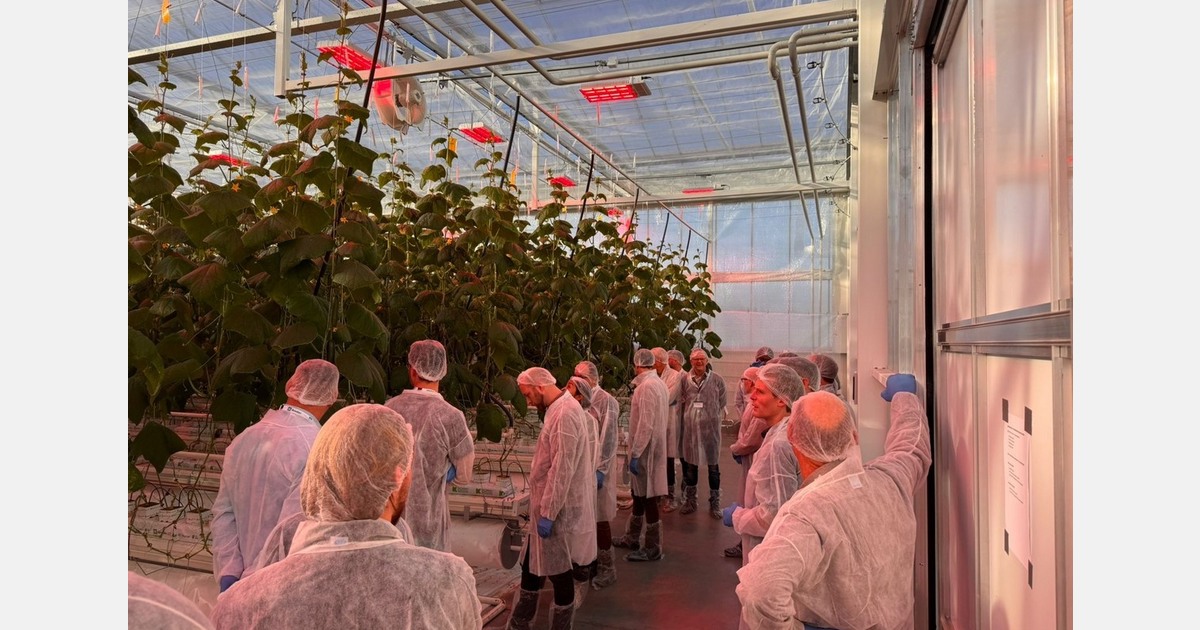The 27th edition of the Green Expert Platform (GEP), hosted by Grodan, brought together 56 crop consultants and technical specialists from across Europe and North America for a full day of discussion on some of the most pressing technical challenges in high-tech horticulture. The aim of the GEP, founded in 2009, is to enable an intensive exchange of knowledge between international experts. This year's event placed a deliberate focus on root zone dynamics, nutrient strategies and water quality.
According to Andrew Lee, knowledge manager at Grodan, the goal has remained the same throughout the platform's history: to create an environment where technical advisors feel able to openly discuss “the topics of the day.” “Questions were asked freely,” he noted, adding that the long-standing core group of advisors fostered an atmosphere that encouraged the participation of new participants. The engagement was high not only in the seminar room, but also in informal discussions during breaks and at dinner.
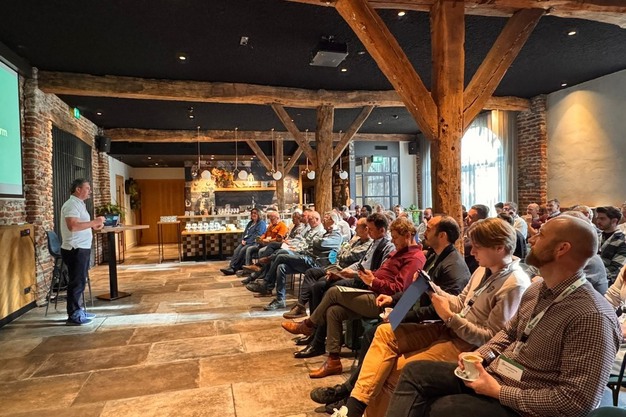 © The Frog
© The Frog
Research into low-energy cultivation and generative control
The day started with a tour of Grodan's low energy trials at Botany BV, carried out in collaboration with Philips Horticulture LED Solutions. Delegates examined strategies to support generative plant development in full-LED winter crops, particularly under conditions of reduced radiant heat.
Andrew pointed out that these experiments emphasized the role of nutrient control at lower heat inputs. “In full-LED situations, generative crop control using low-nitrate, potassium-adjusted feed recipes takes on new importance,” he explained.
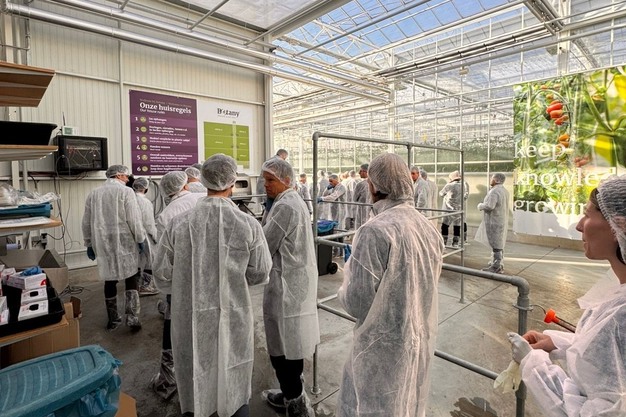 © The Frog
© The Frog
Trend towards active dehumidification
Energy conservation strategies continue to shape greenhouse design, and Andrew pointed to a promising trend: active dehumidification systems. Grodan's long-term experiments with Philips LED Solutions have proven the value of this approach in low heat environments. “It's nice to see first movers installing similar systems in their newly built greenhouses,” he said, predicting adoption will increase as more farmers look to decouple humidity control from heating needs.
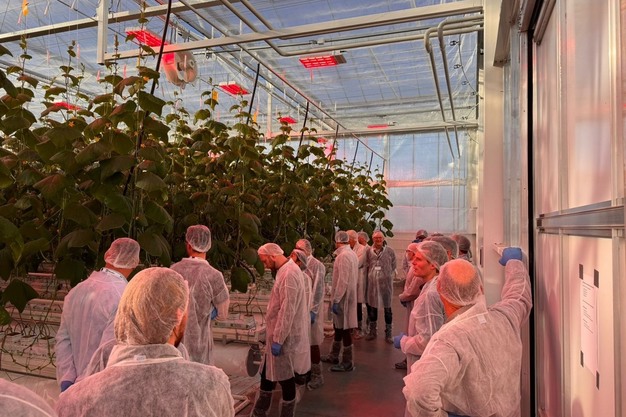 © The Frog
© The Frog
Water quality: Not yet a panacea
Water quality and the increasing complexity of managing recycled water were the focus of discussions. Andrew summarized the consensus: “There is no silver bullet when it comes to water quality, both in treating wastewater and keeping irrigation systems clean.” Regulatory pressure in the Netherlands, where strict emissions regulations are pushing farmers to improve water treatment, underscores the urgency for practical, scalable solutions.
An emerging topic discussed by the presenters and audience was the increasing use of peroxide in irrigation systems. While peroxide plays an essential role in UV-oxidized oxidation processes to break down pesticides in wastewater, its common use in irrigation pipelines requires further investigation. The group warned that “peroxide is being dosed at increasingly higher concentrations, sometimes with every irrigation,” and that its interaction with crop protection products and even root health itself needs to be better understood.
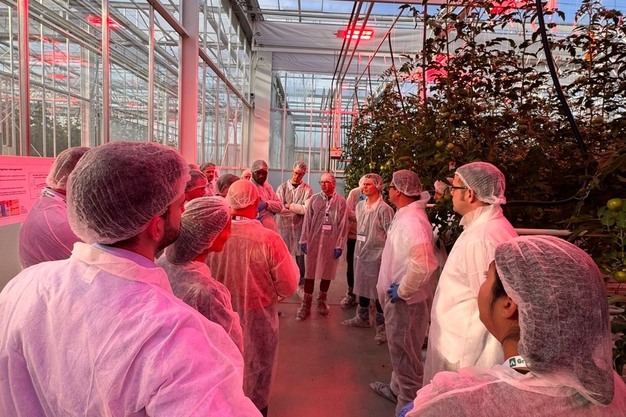 © The Frog
© The Frog
Define and measure plant balance
Plant balance, a concept with more than two decades of development, remains central to greenhouse decision making. Andrew explained that consultants now have clear methods to measure plant responses and link them to climate, root zone management and working practices. Companies like Source Ag that integrate data science are accelerating these insights, although he emphasized that adequate sample size remains a limiting factor. He believes that “imaging technology in greenhouse control is the missing link” for future precision-based control.
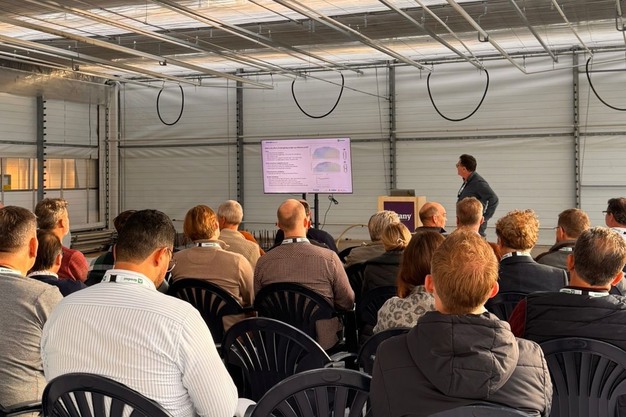 © The Frog
© The Frog
New perspectives on root zone microbiomes
The microbiome of the root zone was another topic that generated a lively exchange among the delegates. The discussions confirmed that microbial life is abundant in all growth systems and that plants actively influence microbial composition through root exudates throughout the crop cycle.
Nevertheless, the definition of an optimal microbiome remains elusive. “Today we cannot define what constitutes a 'superior root zone microbiome,'” Andrew explained. He pointed out that substrate type plays an important role in the formation of microbial populations; Rockwool tends to encourage bacteria, while coir systems favor fungi due to their reliance on complex organic molecules and their involvement in substrate decomposition.
Industry at a crossroads in water treatment
Case studies presented by consultants suggested a broader theme: greenhouse horticulture is at a turning point in the way it approaches water treatment and microbiological management. “We never work in sterile environments,” he noted, noting that the industry is “at the end of the beginning” when it comes to understanding how to measure and control microbial communities. As the future of plant resistance becomes increasingly dependent on microbiome interactions and the availability of chemical pesticides continues to decline, farmers will need new biological tools. However, due to the EU registration process, the development of new biopesticides can take 8 to 10 years.
Further information:![]()
The frog
Andrew Lee, knowledge manager
[email protected]
www.grodan.com
